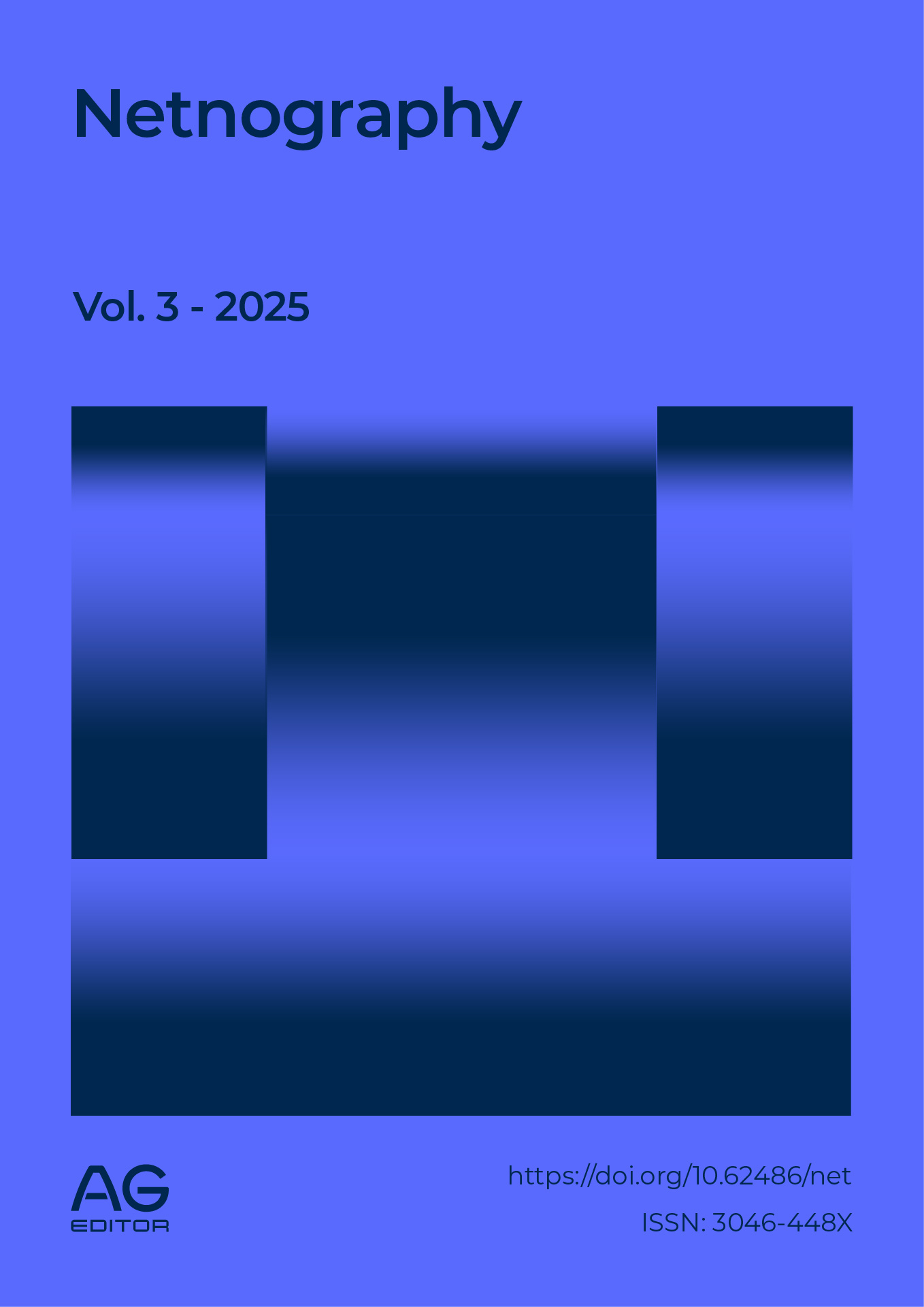Using YouTube to teach reading and writing workshops
DOI:
https://doi.org/10.62486/net2025101Keywords:
Upper Secondary Education, Digital Culture, Educational Videos, Reading, WritingAbstract
Teaching practice in upper secondary education, in an increasingly digital global context, cannot ignore the fact that high school students currently use cell phones and social media for many hours a day and for various purposes, and are therefore familiar with and knowledgeable about the use of these technological resources. On the other hand, the COVID-19 pandemic led to the creation of educational videos to teach the Reading and Writing Workshop course in the Advanced High School and Higher Education System (SABES) in Guanajuato, as an emerging teaching strategy in response to the need for effective remote communication with high school students. This strategy was refined in the post-pandemic period through a dedicated YouTube channel, which is now incorporated into the teaching plan for the subject. In this plan, basic content is prioritized and synthesized, topics are selected, and then shared with students. The short duration of the 72 videos, no more than four minutes, is due to the limited amount of time that a teenager can maintain attention on a specific topic. During the pandemic, the videos were shared via WhatsApp and other technical and pedagogical resources used in virtual classes through the Teams platform. Currently, they are used as teaching aids in face-to-face classes. Based on this teaching experience, the objective of this work is to analyze, using the action research method, the impact of digital media on student learning at SABES.
References
1. Elliott J. El cambio educativo desde la investigación-acción. Madrid: Editorial Morata, S.L.; 2000.
2. García Peña A. La comprensión lectora en el currículum formal que orienta la práctica docente de los profesores de educación primaria [thesis]. Naucalpan, Estado de México, México: Universidad Nacional Autónoma de México (UNAM), Facultad de Estudios Superiores Acatlán; 2024.
3. Bravo Moreno JP, López Paniagua R, Martínez Reyes M, Chávez Durán JF. Canal de YouTube El Profe Porfis. [Internet]. Available from: https://www.youtube.com/@elprofeporfis7478
4. Prensky M. Media multitasking in the classroom and student achievement: a correlational study. Daniel companion. Vancouver Island University; 2010.
5. Cárdenas Vázquez CA. Usos y significados juveniles del teléfono inteligente en educación superior, antes y durante la pandemia Covid19 (Investigación descriptiva correlacional sobre prácticas típicas y abusivas, por edad, sexo y nivel socioeconómico, en tres instituciones de La Piedad, Michoacán [thesis]. Instituto Michoacano de Ciencias de la Educación “José María Morelos” (IMCED); 2022.
6. Banister P, Burman E, Parker I, Tayler M, Tindall C. Métodos cualitativos en psicología. Una guía para la investigación. Guadalajara, México: Universidad de Guadalajara (U. de G.); 2004.
Downloads
Published
Issue
Section
License
Copyright (c) 2025 José Porfirio Bravo Moreno, Rosalía López Paniagua (Author)

This work is licensed under a Creative Commons Attribution 4.0 International License.
The article is distributed under the Creative Commons Attribution 4.0 License. Unless otherwise stated, associated published material is distributed under the same licence.




